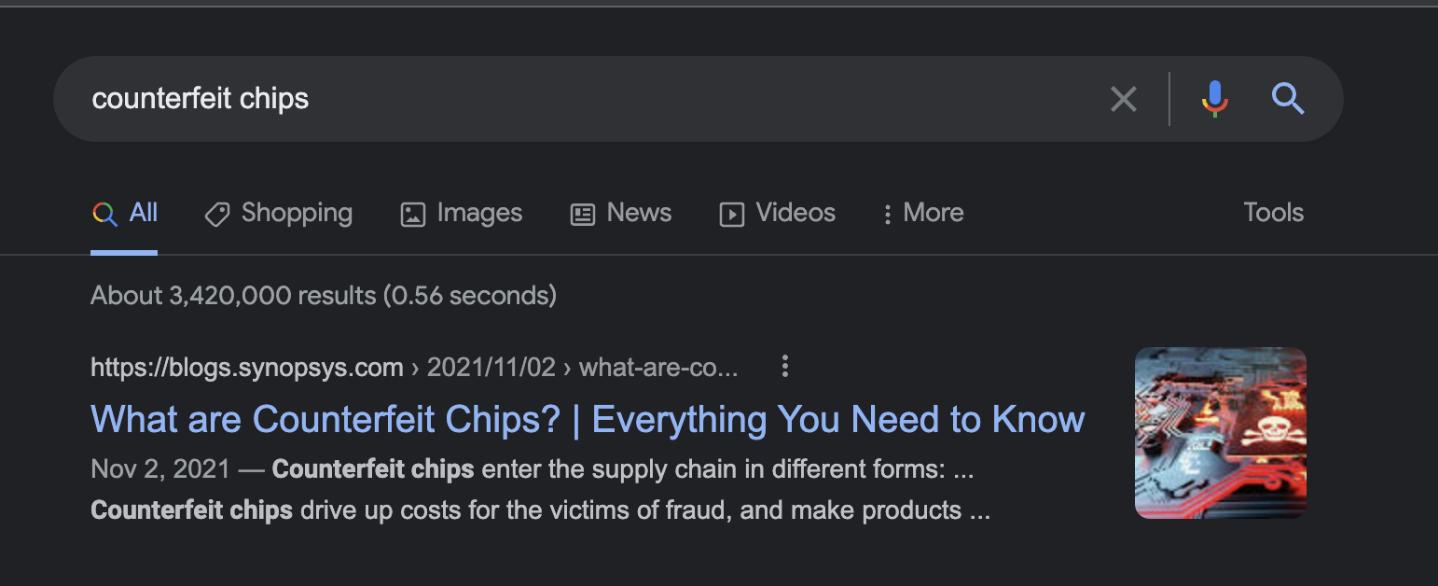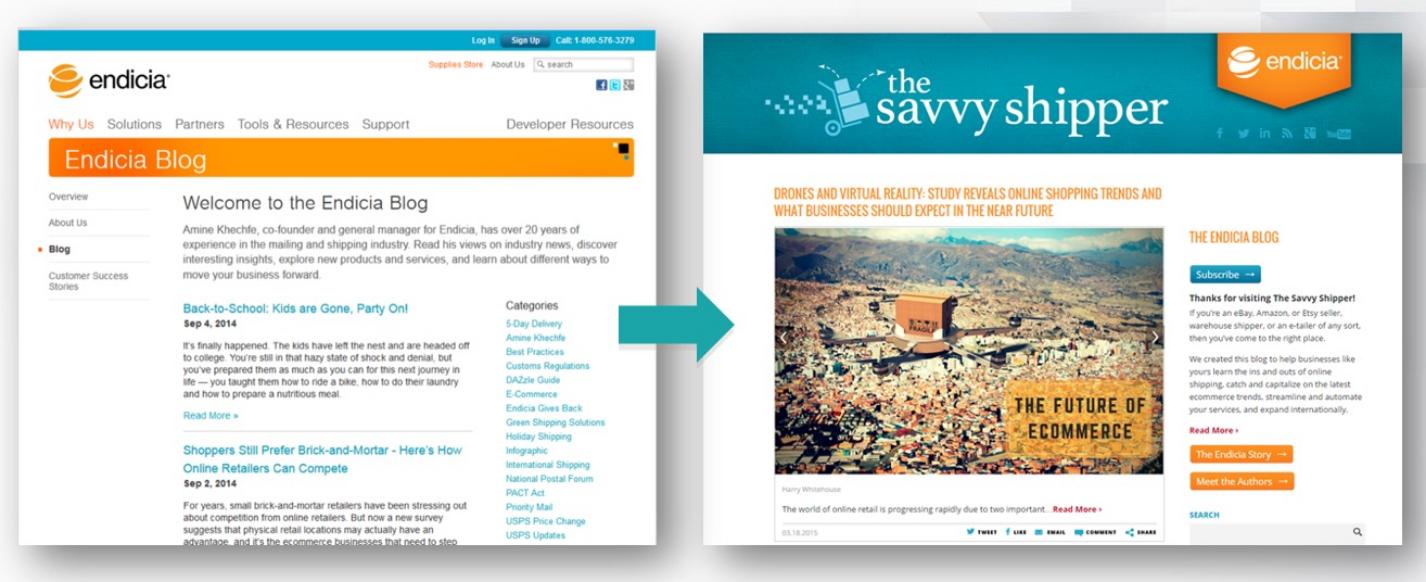Pain Point
BusinessWeek (now Bloomberg Business) touted the wonders of corporate blogging ⌨ over 15 years ago.
B2B companies leapt on the bandwagon, driven by the promise of taking their POVs and stories directly to potential buyers, customers and job candidates. Yet, as the investment in time and budget eventually increased, the ROI hasn’t materialized. The data from the GA Dashboard continues to show sparse traffic (or worse).
So much for the “Field of Dreams” adage: “If you build it, they will come.”
The line should have read, “If you build it right, they will come.”
By right, we mean a combination of content that lands with your target audience and search engine optimization (SEO).

Let’s start with the foundational piece.
If you go to an event, meet someone for the first time and that person goes on and on about and himself/herself, you’re keen to exit at the first opportunity.

The same dynamic holds true for companies.
Most blog posts should address industry topics or issues as opposed to focusing on the company. We’ve found the ideal ratio to be around 66%/33%.
Ideally, the information isn’t readily accessible to the audience. Opinions are one way to deliver unique content.
Blog posts should strive for one or a combination of the following:
- Insights
- Education
- Triggers for fresh thinking
- Inspiration
- “Entertainment”
We put “entertainment” in quotes because no one expects your blog to compete with Netflix. Still, having fun with language and a periodic touch of levity lift the narratives.
Drilling down to the next level, you want to apply a publisher’s mentality to posts. This way, you’re delivering of mix a content — POV on the industry, research, Q&A, curated content, riff on a media story, etc. — to the readership. Knowing people often consume blogs on a mobile phone, it’s important to write with pace and use imagery to break up the copy.
If a post prompts the audience to take 180 seconds to read it, that’s a win. We’re going to address the technical side in a moment, but the time that readers spend with blog posts sends a signal to Google whether the content deserves to be served up for future searches.
Consider this a primer for creating content that earns the reader’s attention in 180-second chunks.
Now Comes the Search Engine Optimization Dimension
Most corporate blogs bypass SEO, a massive miss.
At the risk of taking you into the SEO weeds, here’s a look at how we approach optimizing blog posts for search.
- Research and identify keywords.
- Apply keywords and SEO techniques in the copywriting.
- Construct URLs with keywords.
- Create the meta data for the page title tag, page description tag, header tags (H1, H2 and H3) and image ALT tags.
- Cross reference linking within the blog as well as reference useful sources outside the blog. Plus cultivate third parties to link to the blog, actions that serve as a “vote” to Google that the content is worthy of surfacing for searches.
For more on this topic, check out the post “This Experiment Proves that SEO Extends the Reach of a Corporate Blog.”
One quick example of the power of SEO. In supporting a client blog, our team identified counterfeit chips as an industry issue with both relevance to client and one that the media regularly wrote about. Plug a phrase like [counterfeit chips] into Google and our blog post lands in the No. 1 position above media like Ars Technica, The Register and even The Wall Street Journal.

For B2B companies, marrying the right content and SEO can transform your blog into a content marketing platform and even supplement lead gen.
And the story gets better.
As you can see from the graphic below, a blog can generate the additional benefit of advancing your earned media effort.
Today’s journalists view corporate blogs as a credible source to tap in writing their stories. Don’t believe it? Plug the phrase “said in a blog post” into the Google news engine or a media database. You’ll discover a plethora of examples come to the fore.
What Does Success Look Like?
The beauty of a corporate blog is the ease to establish tangible benchmarks and track progress against those benchmarks starting to secure more traffic.
Take client Endicia in the shipping software space. After renaming and rebranding its B2B blog, we executed on the content + SEO combo.

Using the early months to test different types of content, we increased traffic from 3,577 visitors to 55,191 visitors by the end of the campaign. A large part of Endicia’s business comes in December when the shipping of packages spikes which explains the rise in traffic during the month of December.
Of course, there are many other potential metrics to track success:
- Page views
- Time on site
- Clicks to the corporate site
- Third-party links
- Organic traffic
- Lead gen
- Etc.
As a second example, we take a holistic approach to support the corporate blog for Axis Communications (network cameras).

An interview with Axis shares “The Making of Successful B2B Blog”
We’ve even used the corporate blog as part of account marketing campaigns that target specific companies. By tracking traffic by domain (tied to the incoming email), we captured the increased traffic from those specific companies to the blog.
Our work on corporate blogs and SEO in general has earned a fair amount of industry recognition.
In fact, we’ve won PRovoke Media’s prestigious Innovation SABRE award for SEO and content distribution six of the past seven years. And the Axis blog previously mentioned also brought home the hardware.

Lena Hedén, Manager at Content & Communications at Axis and Mark Pinsent, Managing Director at The Hoffman Agency in Europe.